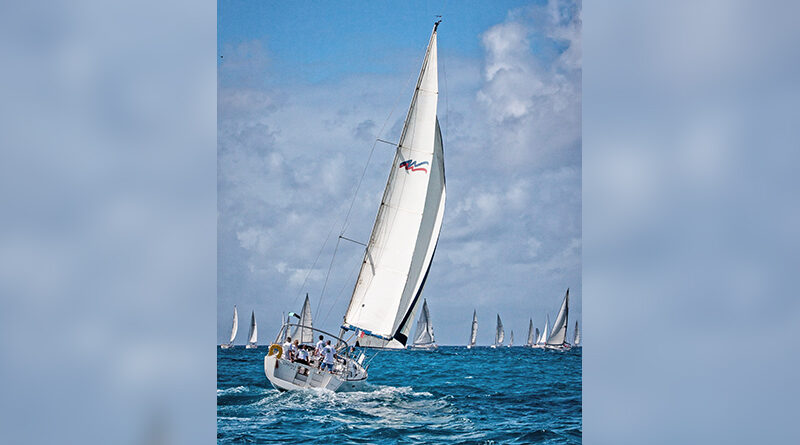Deciphering Regatta Courses – Understanding Random Leg and Windward/Leeward Racing
Regattas, with their thrilling races and competitive spirit, are the lifeblood of the sailing community. The various course formats that challenge sailors to navigate changing winds, tactical decisions and strategic maneuvers are central to the excitement of regatta racing. Two common course types found in regattas are Random Leg and Windward/Leeward courses, each presenting unique challenges and opportunities for sailors.
Random Leg Courses: Navigating the Unknown
Imagine a course where each leg is a new adventure, with sailors facing ever-changing wind angles and shifting currents. This is the essence of a Random Leg course, where the course layout is not predetermined, but rather set by officials on the day of the race. Typically, Random Leg courses involve rounding a series of buoys or marks scattered throughout the racing area, with sailors trying to navigate the course in the fastest time possible.
The unpredictability of Random Leg courses adds an element of excitement to regatta racing. To optimize their performance, sailors must constantly assess wind shifts, current patterns and strategic options. Quick decision-making, adaptability and strong boat handling skills are essential for success on Random Leg courses, as sailors must adjust their flying tactics to capitalize on changing conditions.
Windward/Leeward Courses: Test of Tactics and Speed
In contrast to the unpredictable nature of Random Leg courses, Windward/Leeward courses offer a more structured and defined format. These courses consist of two legs: the windward leg, where sailors sail upwind towards a designated mark (the windward mark), and the leeward leg, where sailors sail downwind towards another mark (the leeward mark). Races on Windward/Leeward courses often consist of multiple laps, with sailors completing a series of upwind and downwind legs before finishing at the starting line.
Windward/Leeward courses emphasize tactical decision-making, boat speed and strategic positioning. Sailors must carefully gauge wind shifts and current conditions to optimize their upwind performance while also executing precise maneuvers and sail trim to maximize speed on the downwind legs. Close-quarters racing and tactical duels are common on Windward/Leeward courses, as sailors jockey for position and leverage favorable wind angles to gain an advantage over their competitors.
Diverse Challenges, Endless Thrills
Whether navigating the ever-changing landscape of a Random Leg course or engaging in tactical battles on a Windward/Leeward course, regatta racing offers sailors a diverse array of challenges and thrills. From strategic decision-making to precise boat handling, regatta courses test sailors’ skills, endurance and determination, making each race a unique and unforgettable experience in the vibrant world of competitive sailing.


